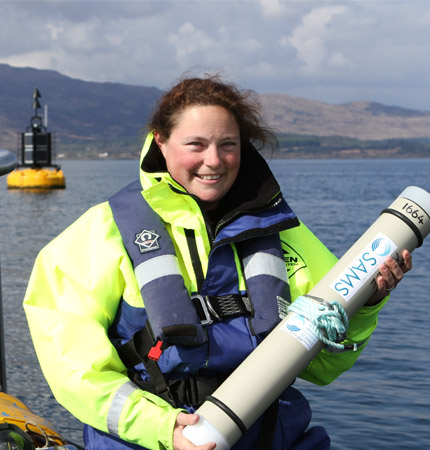Marine Acoustics NERC Knowledge Exchange Innovation Placement
The project involves the analysis of the passive acoustic monitoring (PAM) dataset collected by Marine Scotland Science at 10 locations along the Scottish east coast since 2013 (ECOMMAS project). These acoustic recordings provide insights into the underwater soundscape and reveal a variety of natural (waves, rain, tidal-related sediment transport), biological (fish chorus, marine mammal vocalisations and sounds produced by crustaceans), as well as anthropogenic sounds (vessels, piling, sonar, seismic exploration).
The UK is required to monitor levels of ambient underwater noise, as it is identified by the EU as one of the Marine Strategy Framework Directive’s (MSFD) Descriptors for ‘Good Environmental Status’. Comprehensive baseline noise monitoring is essential to assess and mitigate impacts of noise producing activities on marine species. However, to date, such large-scale and long-term noise assessments are largely missing.
As such, the primary purpose of the secondment is the development of background noise reporting protocols through analysis of the ECOMMAS data. Additionally, a long-term integrated PAM network can provide valuable data on the occurrence and seasonality of whale, dolphin and porpoise species (collectively known as cetaceans). An increased understanding of their presence in Scottish waters will aid the assessment of the conservation status of populations, and the development of appropriate conservation measures. Furthermore, legally required environmental impact assessment for coastal developments need a better understanding of the year-round cetacean distribution and abundance. To this end, part of the ECOMMAS data will also be analysed for the presence of marine mammal vocalisations. Finally, transfer of required acoustic analysis skills to MSS staff will contribute to maintaining in-house expertise and capability to analyse broadband recordings for the presence of cetaceans and MSFD relevant ambient noise measures beyond the duration of the project.

